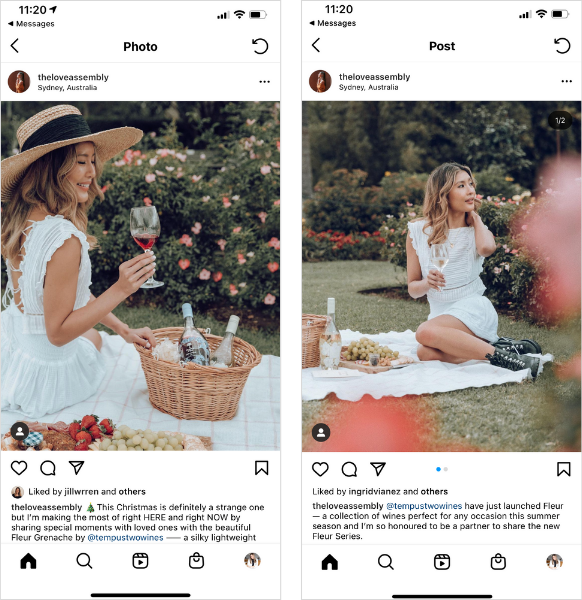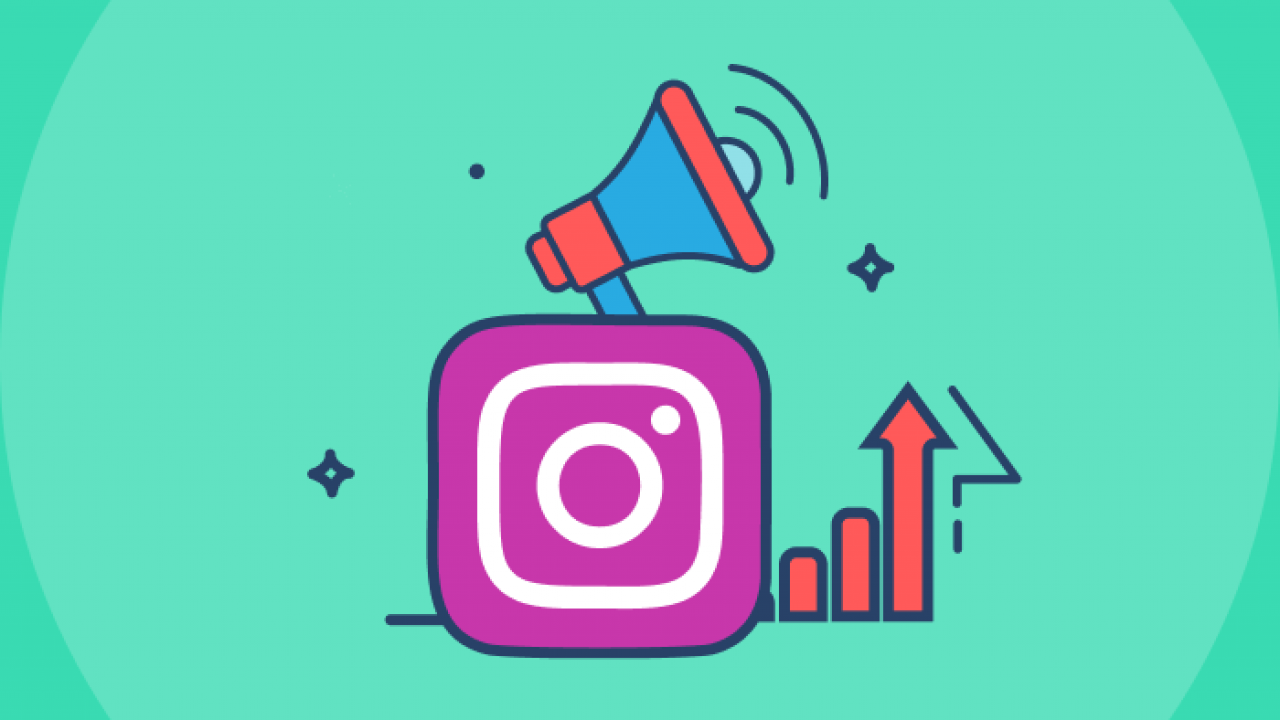Influencer marketing is on track to become a 15 billion dollar industry by 2022 – and yet there are still myths about working with influencers.
From costing too much to not getting outcomes from Nano or Micro-influencers, there are many misconceptions.
Ready to separate facts from fiction? We’re debunking 5 secret myths about working with influencers.
Why Brands Should Work with Influencers
With the best technique, influencers can improve brand awareness, drive sales, and create a community of advocates.
Their power stems from their authenticity. Influencers can build a genuine bond with their viewers and become a reliable source of inspiration.
Once they have their community’s trust, they’re able to promote products in a less sales-y method – it’s like a recommendation coming from a friend:
From the big names like Sephora to small brands like Natural Hair Wigs, businesses are utilizing influencer marketing to increase their community and drive sales.
Like many other industries, influencer marketing was impacted by the COVID-19 outbreak in early 2020.
Nevertheless, as businesses transitioned to social commerce in response to social distancing restrictions, the influencer marketing industry has gone from strength to strength.
Actually, by December 2020, influencer agency Fohr’s rate of sponsored posts was up by 22.9% year-on-year.
5 Secret Myths About Working with Influencers
If you’ve ever worked within the influencer marketing industry, you might have heard a few of these common myths about influencers.
However, where do these secrets come from, and is there any fact behind them? You can find all the information here!
Myth #1: Influencer Marketing Is Costly
Cost is one of the biggest reasons that brands worry about when to work with influencers.
As you may guess: a partnership with a Mega Macro influencer (having more than 1M followers) typically comes with a hefty price tag.
However, a Micro influencer (those with lower than 100K followers) will sometimes cost less — with most charging between $500 to $2K for an Instagram post.
Prices can even vary based on how you plan to work with them.
Will it be a one-off post for a particular campaign, or will you collaborate with them for an extended time?
Working with influencers on an ongoing basis might help increase prolonged brand awareness and build trust with their audience.

As a result of the influencer marketing space being still fairly new, there is no standard pricing for influencers.
Nevertheless, before you start using influencer marketing, use your funds as a baseline for how many influencers that you’ll be able to work with and for how long. Paying influencers fairly for their work is important for a long-lasting relationship. Even the smallest influencers spend their time and effort creating stunning content.
Myth #2: Nano and Micro-Influencers Don’t Deliver Outcomes
Nano influencers (with lower than 10K followers) have greater engagement rates on average than top-tier influencers.
Based on Later x Fohr’s Influencer Marketing Report, Nano influencers have the highest average engagement rate with 4% across all feed and sponsored posts.
So in case, your goal is to tap into a niche, extremely engaged community, working with many Nano influencers is usually a great choice.
One brand that regularly works with Nano influencers is PinkBlush Maternity. Their feed is filled with real-life clients who consistently use their products and talk about them with their audiences:
Nano and Micro-influencers may not have the same massive engagement as a Mega Macro influencer which has 1M+ followers. However, they could be a less expensive choice for brands trying to target specific audiences.
Myth #3: Paid Partnerships on Instagram Are Difficult to Organize
Another secret myth about working with influencers is that Instagram’s Branded Content tools aren’t available for everybody.
The truth? You only need a Business profile.
Simply go to “Settings” and choose “Business”. Scroll down to the “Branded Content” section. Then, turn the “Manually Approve Tags” button on.
When you’re set-up, you’ll be able to approve accounts to create sponsored content for you.
We’ve seen tons of accounts grow on Instagram by doing paid partnerships. HelloFresh‘s #HelloFreshPartner hashtag has over 7K posts.
Myth #4: All Influencers Buy Followers
There’s no avoiding it, fake followers exist — and a few influencers do inflate their followers depending on social media.
However, not all influencers buy fake followers.
There’s a rising emphasis on the standard of an influencer’s following — with many accepting {that a} smaller, more engaged following is simply as good, if not better than a larger, disengaged one.
Luckily, if you’re not sure of the legitimacy of an influencer’s following, there are methods to explore more information before you commit to a partnership.
Pay attention to how many likes and feedback their posts receive. And check the accounts that are actively engaging with them. Do they seem genuine?
If this isn’t enough, you’ll be able to request a validated performance report or enlist the help of a third-party validation tool like Fohr or Social Blade.
Myth #5: Influencer Marketing Doesn’t Work Effectively for B2B Brands
There’s little doubt that influencer marketing works effectively for B2C brands within the beauty, fashion, food, or lifestyle industries.
In terms of B2B though, many brands are less convinced.
However, if you take a look at B2B brands like Cisco, who created “Cisco Champions,” it’s clear that influencer marketing can give them great outcomes.
Whether or not it was producing content or speaking at events, the program generated more than 55K tweets and over 44K hits to their blog — strengthening Cisco as a leader within the IT and networking area.
And there you have it. 5 myths about working with influencers: debunked!
Influencer marketing could be one of the best ways to drive traffic to your site, increase brand awareness, and build credibility.

